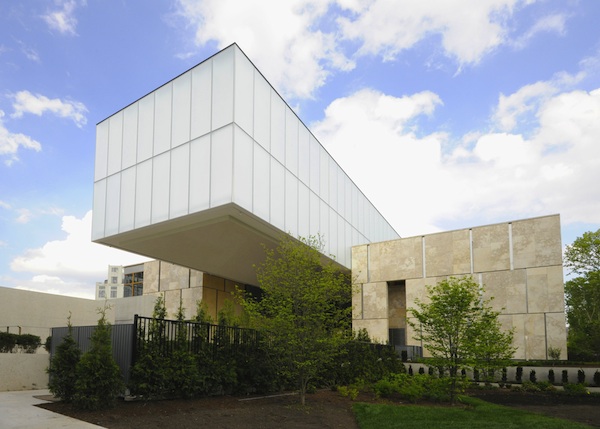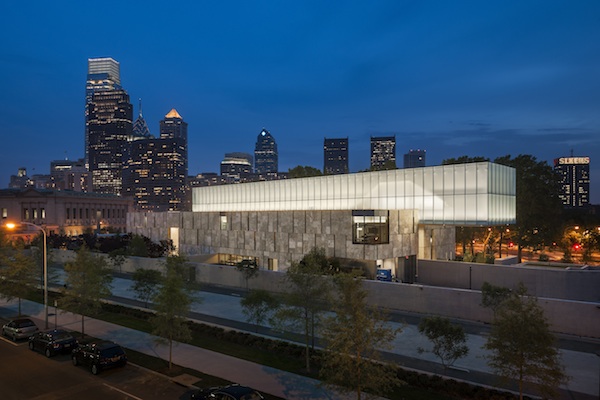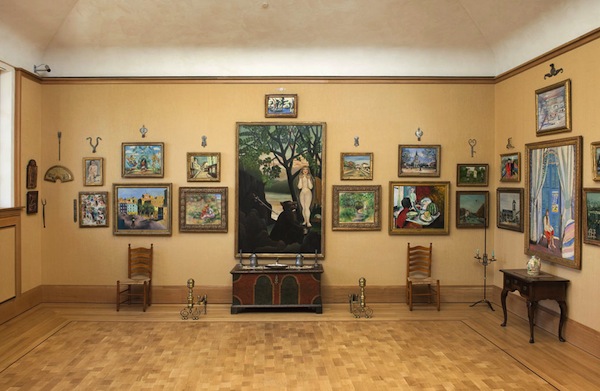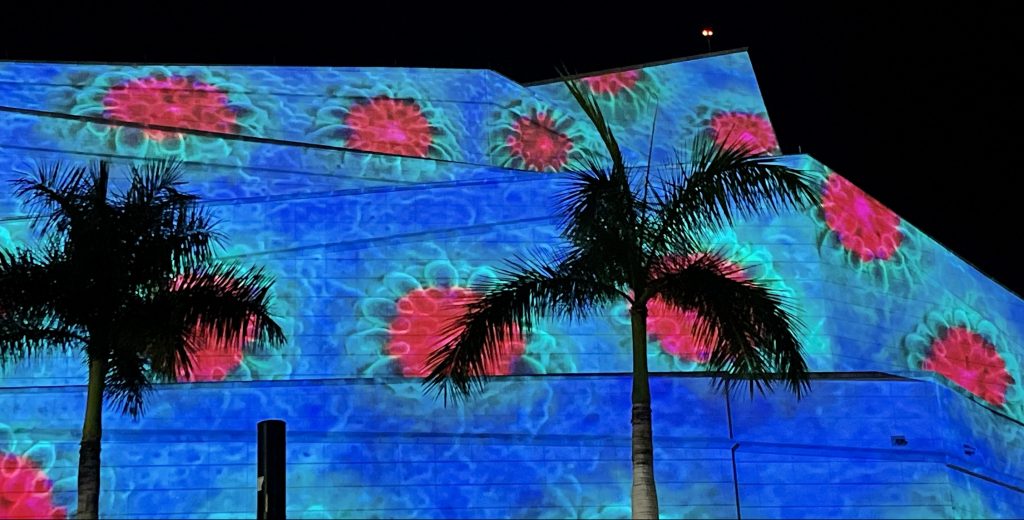
Inside the Barnes Foundation’s grand opening
Knight Foundation supported the building of a new Philadelphia facility to house the Barnes Foundation collection, and a mobile app to provide more access to the world-renowned works. Knight’s Vice President/Arts Dennis Scholl writes about the opening.
It was a star-studded night as the Barnes Foundation opened the doors to it new 93,000-square-foot facility on museum mile in Philadelphia. The building, designed by Tod Williams and Billy Tsien, glowed in the setting sun as 875 patrons descended. Luminaries included Ellsworth Kelly, caught posing in front of his 40-foot-tall sculpture in the garden entryway. I also saw most of the Sotheby’s contemporary art contingent, including North and South American chair Lisa Dennison and executive vice president Anthony Grant.
Master of ceremonies Brian Williams of NBC News kept the evening moving, even when technical issues got in the way. The crowd was also entertained by a short five-song set from Norah Jones and a rousing gospel moment by a local choir. But it was more of a see-and-be-seen crowd, as all of Philadelphia and beyond showed up to celebrate the Barnes’ new home. And what a home it is.
I had the good fortune of visiting the Barnes in Merion before it closed and when I entered the identically replicated rooms in the new space, it was an odd feeling of deja vu. The main difference is the new space’s exquisite lighting, designed by Paul Marantz. The use of diffused light bouncing off of silver leaf ceilings gives the work a luminous feel. For the first time, you can see the postimpressionist works in all their glory.

There remains the controversy of moving the institution from the Barnes estate to downtown Philadelphia, which was amplified by protestors outside the event. One local guest told me that the protestors were from Merion, which he found humorous given how much the Barnes neighbors sought to limit access and activity at the original site. No matter, the new space is a triumph and achieves the difficult goal of presenting the works as they were meant to be seen. Each juxtaposition between works is exactly replicated.

The balance of the space is quiet and thoughtful and draws the visitor in to contemplate the almost overwhelming abundance of art available for viewing. There are numerous spaces indoors and out that provide the opportunity for quiet reflection, which is almost a required activity after interacting with the treasure trove of $25 billion in art.
The subgrade space includes an auditorium, a gift shop (which includes African masks for purchase), a library and a sitting area that feels like a relaxing living room. The latter space was reminiscent of the new space created by Renzo Piano for the Gardner Museum in Boston. There is also a large gallery space for temporary exhibitions that opens with an informative presentation of Dr. Barnes’ correspondence about the collection. The focus remains on the art and on how Dr. Barnes wanted it to be seen.
Regardless of one’s position on the move, the overall result is a sensitive, thoughtful effort to present the works in a respectful homage to Dr Barnes’ installation. The new museum is an instant cultural icon for Philadelphia and will be cherished by the community for decades to come.
Recent Content
-
Artsarticle ·
-
Artsarticle ·
-
Artsarticle ·
